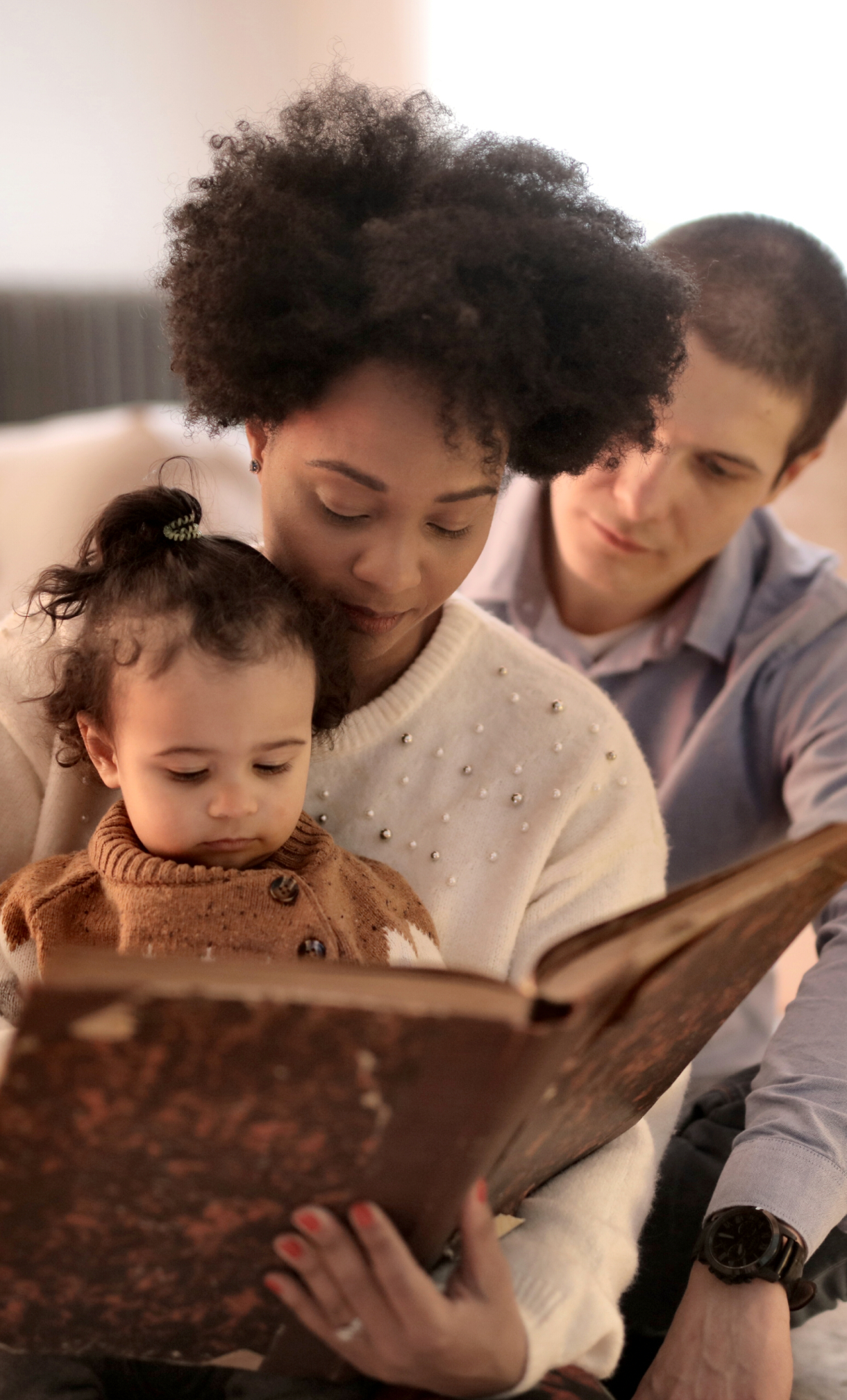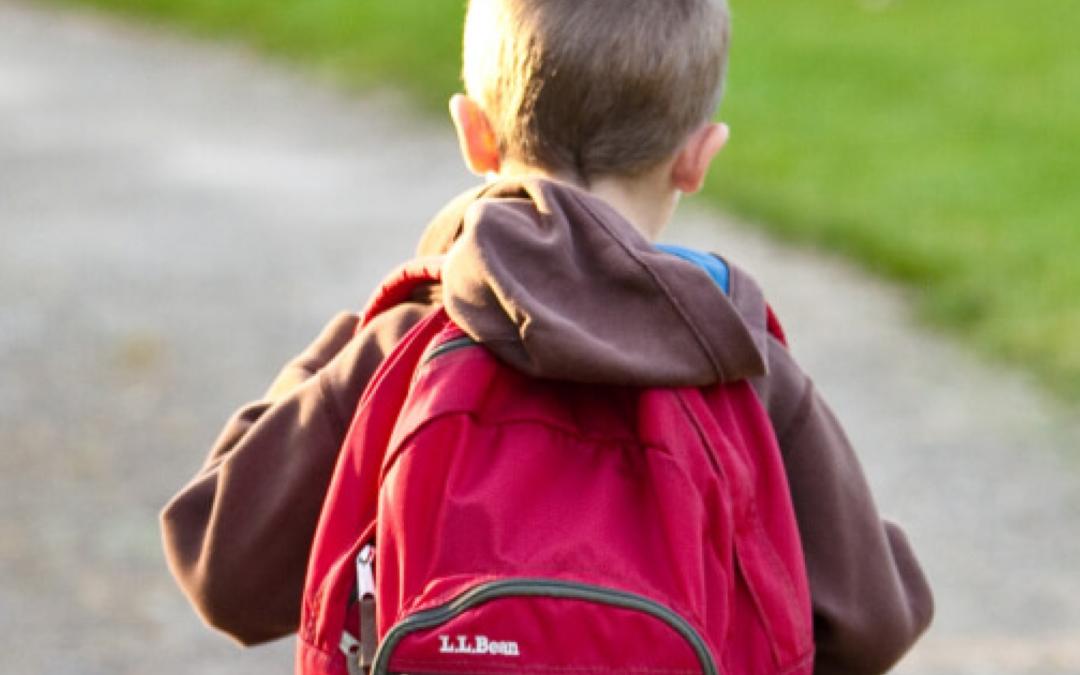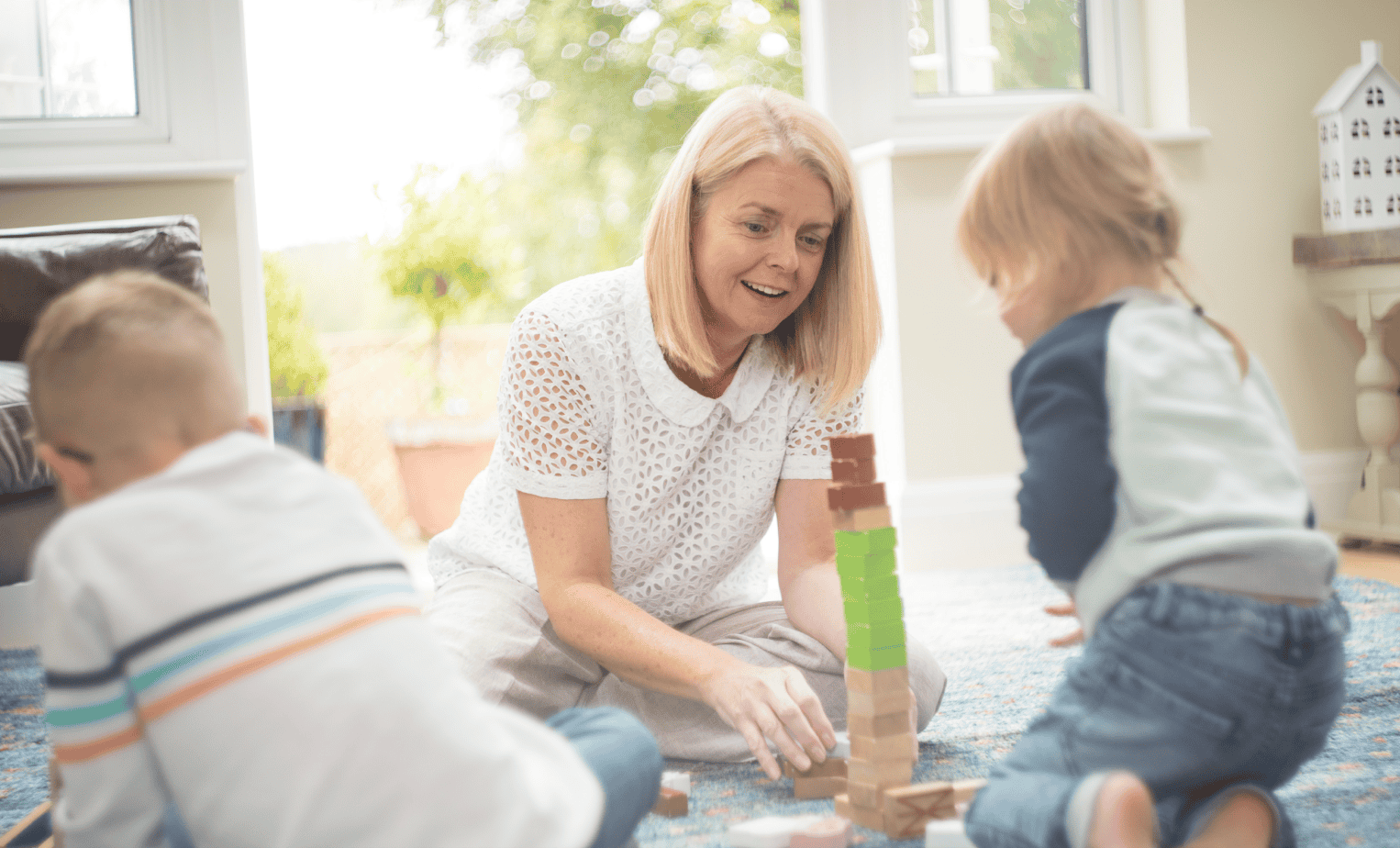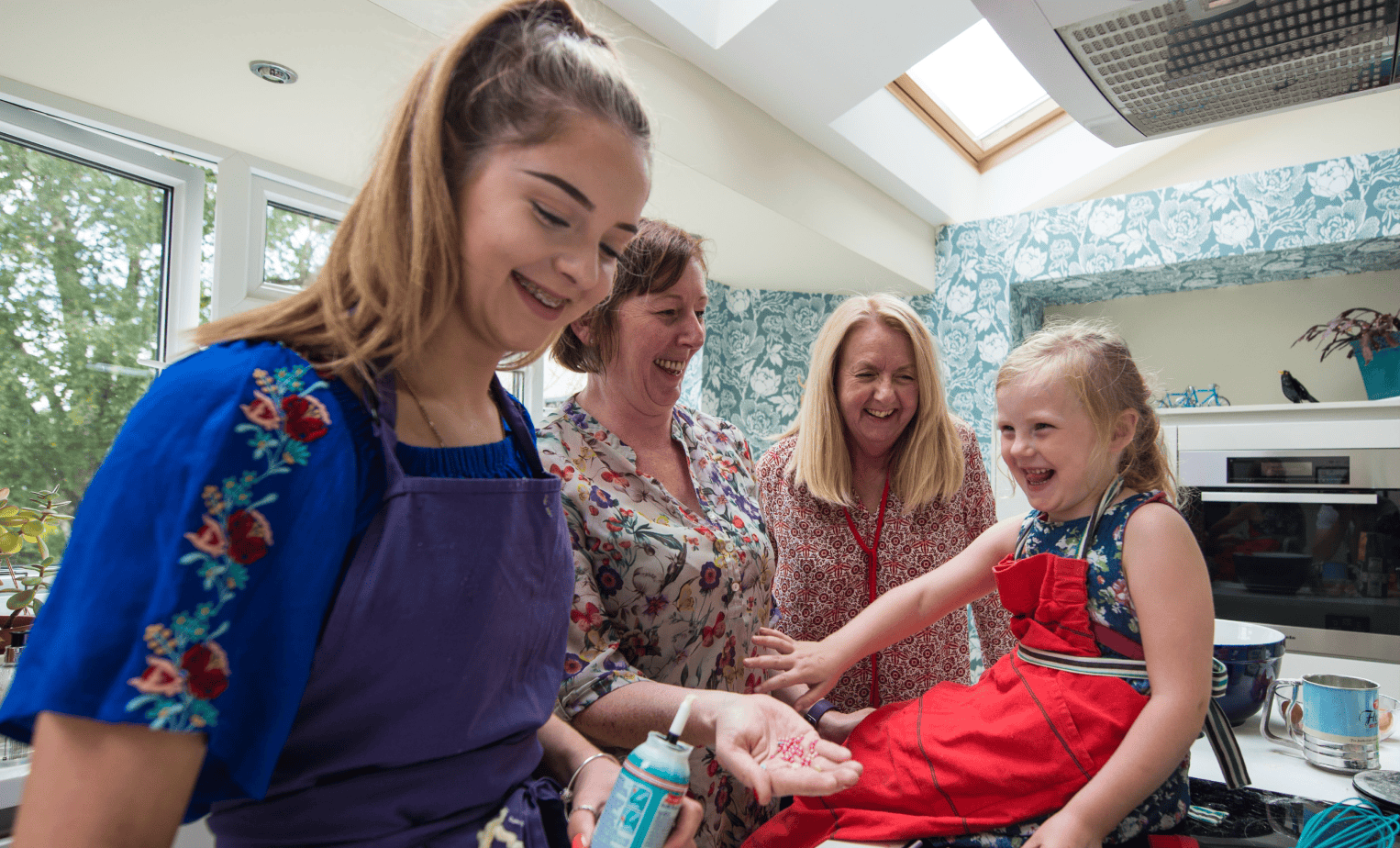For children who are adopted or fostered there can be a disconnect with their past and for a variety of reasons, the anecdotes and life moments referred to above, are not known to the child. We may think that somehow discussing the past with a child who has experienced trauma in their family, is ill advised, but according to Fahlberg:
“The very fact that adults hesitate to share with a child information about his or her past implies that it is so bad that the young person won’t be able to cope with it. Whatever the past was, the child has lived through it and survived. He or she has already demonstrated survival skills”
The Life Story Book
Every individual is entitled to his or her own history.
It is difficult to grow up to be a psychologically-healthy adult without having had access to one’s own history. Traditionally, the family is the repository of knowledge about the child. Children separated from their families of origin do not have daily access to this source of information about their personal histories. It becomes more difficult for them to develop a strong sense of self and to understand how the past may influence present behaviors. Without this awareness, it will be more difficult for them to make conscious choices and to take responsibility for their own behaviors. For this reason, we believe a Lifebook should be made for each child. It is never too late or too early to make a Lifebook.
The Lifebook is designed to enable the child to understand significant events in the past, confront the feelings that are secondary to these events, and become more fully involved in the future planning of their lives. Frequently, the first step is to learn how he explains himself to himself, and what he understands his situation to be. This means listening for the child’s perceptions of these matters. Until we do this, we won’t know if we are to expand their information or correct their perceptions. Each time the Lifebook is read, the child is likely to understand the message in a slightly different way, reflecting her current intellectual abilities and psychological needs. The message we are trying to convey is, “You are important. Your thoughts and feelings are important” (Ryan, 1985).
A Lifebook can
- Provide a chronology of the child’s life
- Enhance self-esteem and identity formation
- Help a child share his history with others
- Assist in resolving separation issues
- Identify connections between past, present, and future
- Facilitate attachment
- Increase trust for adults
- Help the child recognize and resolve strong emotions related to past life events
- Separate reality from fantasy or magical thinking
- Identify positives, as well as negatives, about the family of origin
The Lifebook is an account of the child’s life, conveyed through words, pictures, photographs, and documents. Every Lifebook should mention the child’s birth mother and birth father. “We have no information about you birth father” at least acknowledges that he exists and that it is acceptable to talk about him.
Children like to have information about their own births, including how much they weighed, how long they were, what day of the week they were born, and at which hospital. A baby picture should be included if one is available. Some hospitals can refer caregivers to the photographer who took the infant photos when the child was born, and a picture may still be available. Health problems or abnormalities observed at birth should be noted as well.

Each book should explain why and how the child entered the adoptive family or the foster care system and how subsequent decisions were made. Many times, adults gloss over the reasons for the child’s placement. This avoidance can pose long-term problems. The very fact that adults hesitate to share information about the child’s past implies that it is too awful for the youngster to cope with. But whatever occurred in his past, the child has already lived through it and survived. He has already demonstrated his survival skills. Facts can be presented in ways that help the child understand and accept his past while raising self-esteem, or that lower feelings of self-worth. With experience, adults can learn to reframe even negative life experiences as positive strivings that went astray. Information should be presented in words the child understands.
Photographs of birth parents should be included. One-of-a-kind photos should be duplicated before being put in the Lifebook, with a copy put away for safekeeping. Information about parents and siblings should be gathered as soon as possible. If a Genogram has been completed as part of the assessment of the birth family, a copy should be included.
Most toddlers do some things that upset their parents at the time but that seem humorous in retrospect and become the basis of family stories. Talking about such behaviors give the child a clear indication that he can and will change. Even though it is often true that there are no pictures of these incidents, they usually suggest strong visual images. For example, one child washed her hair in a mud puddle twice in one day, even as her mother tried to get her ready to go to a party. Such behaviors are unique to each child and usually lead to shared laughter when the youngster outgrows that conduct. This concrete evidence of the possibility of change should be included in the Lifebook.
Sources of Information
Birth family members are an obvious source for pictures, mementos, and a variety of other information. The message to the birth parents is that they have something to offer the child even though they will not be parenting him. Requests from the adoptive parents for pictures and information reassures the birth parents of their importance in the child’s life. These requests can be made directly or through the agency involved. Information that can be compiled by adoptive or foster parents might include:
- Developmental milestones
- Childhood diseases, immunizations, injuries, illnesses, or hospitalization
- The ways by which the child shows affection
- The things she does when happy or excited
- The things that frightened him
- Favorite friends, activities, and toys
- Birthday and religious celebrations
- Trips
- Extended family members who are important to the child;
- Cute things the child does
- Nicknames
- Family pets
- Visits with birth relatives
- Names of teachers and schools attended
- Report cards
- Special activities, such as scouting, clubs, or camping experiences
- Church and Sunday School experiences
- Pictures of each foster family, their home, and their pets
How To
There is no right or wrong way to make a Lifebook. Just as each child and her history is unique, so will each Lifebook be one of a kind. Some children like to start at the beginning, with their birth or even before, offering stories about how their birth parents met, for example. Others may do better by starting with the present, talking about current family, school, friends, likes and dislikes. Some even want to start out talking about future plans. There are advantages to each of these approaches.
Loose-leaf photo albums with plastic-protected pages may be used. Some use a book with construction-paper pages. Some adults use prepared books; others make up their own. Some include photocopied or printed pages to be filled in.
The particular words used with a Lifebook are often very important. Although many children enjoy the idea of a scrapbook, to the child who may have poor self-esteem, the term “scrap” may have a negative connotation. Therefore, we prefer to avoid the term scrapbook. We also purposefully avoid the term “forever,” which may sound overwhelming to the child. The terms “keeping” or “growing up with” explain equally well the permanency that we are seeking for children and are preferred.
When children resist being an active participant in working on their Lifebook, adults have to become more creative. Trips can be made and photographs taken of places important to the child’s life: an old neighborhood, the hospital where the child was born, or the courthouse where decisions were made on his behalf are examples.
If the adult does not have complete information, as is so often the case, it is still possible to encourage and support emotional exploration. When a child’s statement reveals assumptions, such as “it seems as though my birth mom didn’t love me as much as my sister,” the adult might respond by saying, “That is possible. Some parents have difficulty loving all of their children. I don’t have any information as to whether or not that was true in your case. Can you think of some other reasons it might not have worked out well for you and your parents to live together?” This response allows a hypothetical exploration of a variety of reasons that parents and children have problems living together and expands the young person’s thinking.
Age-Appropriate Uses
Under Fours: Parents may use an adopted child’s Lifebook much as they would a baby book. Looking at pictures, talking about the parents’ first impressions upon seeing their baby, or talking about initial meetings with birth parents if that has occurred all convey that talking about the child’s origins and life is pleasurable to the parents. Relating facts as the child’s personal story, as opposed to “reading” it, is more appealing to the very young child. Since young children are likely to be confused by mention of a second mother or father with whom they do not have contact, it is preferable for the adoptive parents of a toddler to refer to the birth parents by their first names. As the child gets older and observes the connection between pregnancy and childbirth, the terms “birth mother” and “birth father” can be added to the story-telling.
Four to Seven: Children of this age understand the concept of “practicing” as a way to learn a new skill. The Lifebook may provide opportunities for the child to “practice” talking about important things, or to practice having fun with parents, or sitting close while reading, etc. Parents are practicing also, so the child should be made to understand that learning to be close involves both children and adults working on it.
Eight to Twelve: The Lifebook may be a means to helping children develop a “cover story” that helps them retain their right to privacy and control over their story. Children need a way to explain to others why they do not live with their birth family. The cover story is a shortened, not-too-revealing version of the truth. Children need to be given permission to refuse politely to provide strangers or mere acquaintances with answers to personal questions. They need to prepare to ask themselves, “Is this someone who really needs the information?” If not, they might say, “I’d rather not talk about it,” or “That’s very personal information,” or to give the Ann Landers response, “Why would you ask a question like that?” Providing the child with opportunities to practice responses ahead of time will help her not to be caught off-guard.
Adolescence: The effects of early childhood traumas or separations become more evident during early adolescence as separation/individuation tasks are recycled. The psychological tasks of early adolescence are very similar to those of years one through five. This repetition is both good news and bad. The bad news is that unmet early needs come back to haunt adolescents in exaggerated form; the good news is that it offers potential to address these earlier needs and meet them more appropriately, thereby facilitating true lifelong change for the young person. Although adults cannot undo difficult early life experiences, they can help the young person develop compensatory skills (Beyer 1990). Adolescents have the capacity for hypothetical thinking. By thinking ahead, they can identify and prepare themselves for the times when the memories of past traumas are most likely to resurface. They can start to identify the skills necessary to the development of choices that their birth parents may never have had. They can look more realistically at the choices made by those involved in their lives and be encouraged to take responsibility for the choices they will ultimately make themselves. Adults can help the young person look ahead, identifying times that the feelings of early life experience might echo. Ricks (1985) observed that individuals who were able to forgive past experiences and/or speak coherently about the events shaping their lives were more likely to have securely-attached children when they themselves become parents. How do we help adolescents come to the point of forgiveness? How do we know if they have achieved it? Information about family patterns, combined with support in making conscious rather than unconscious choices will help young people move forward from the difficulties of their pasts without being judgmental. Triseliotis (1983) has identified three important areas which contribute to identity-building in adolescence. The first is to have a childhood experience of feeling wanted and loved. The second is to have knowledge about one’s own personal history and the third is the experience being perceived by others as a worthwhile person. Lifebooks can contribute significantly to at least two of these three goals. This paper was developed for training workshops for child welfare professionals and is related to material from Dr. Fahlberg’s book A Child’s Journey Through Placement.
Useful resources:
A Child’s Journey Through Placement





